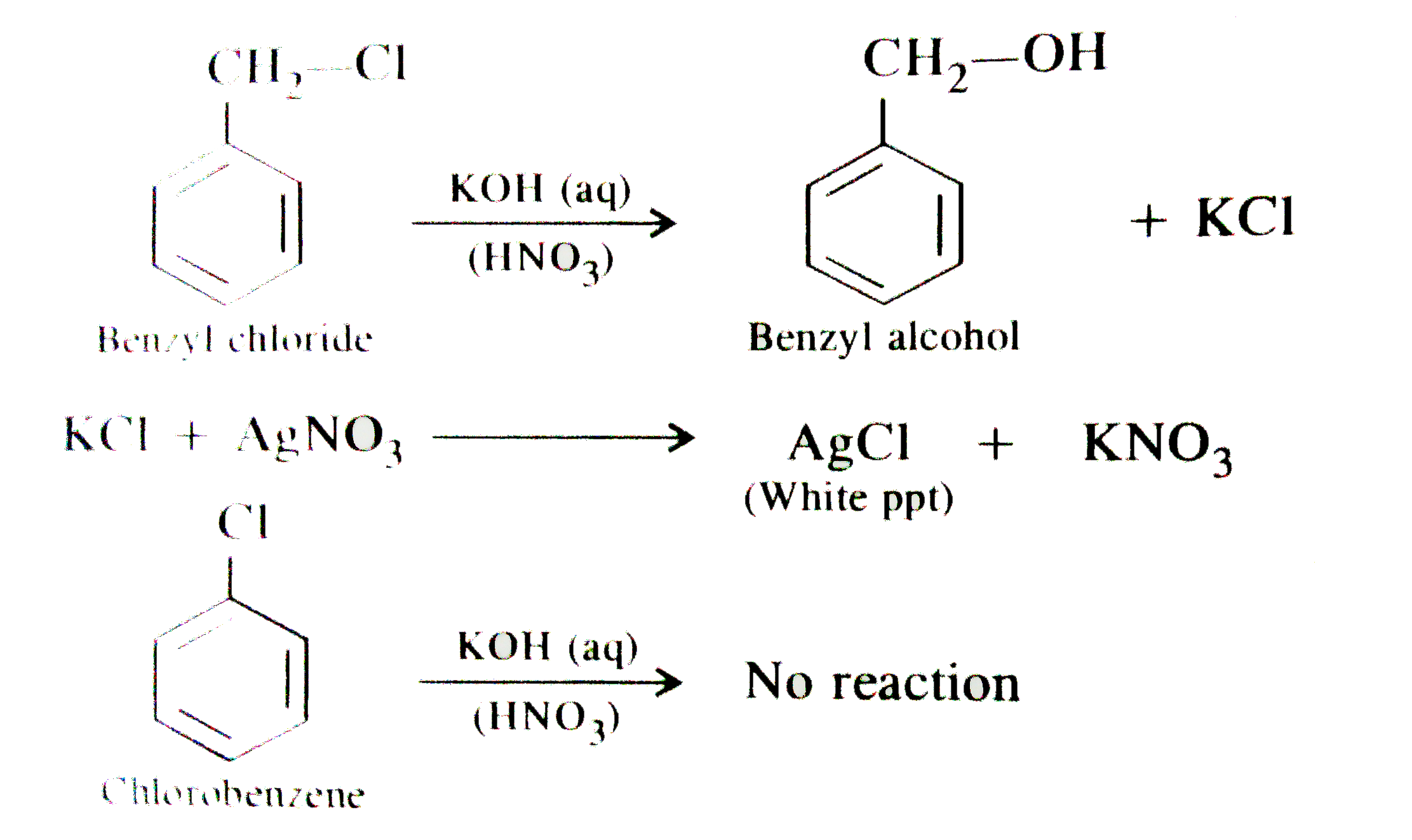Recommended Questions
- when benzyl chloride is boiled with aqueous KOH solution and the solut...
02:47
|
Playing Now - A white precipitate insoluble in cone HNO(3) is formed when aqueous so...
Text Solution
|
Play - Aqueous solution of a salt when treated with AgNO(3) solution gives a ...
05:08
|
Play - when benzyl chloride is boiled with aqueous KOH solution and the solut...
Text Solution
|
Play - Out of benzyl chloride and chlorobenzene, which will give a white prec...
Text Solution
|
Play - When an aqueous solution of potassium chloride is added to an aqueous ...
03:09
|
Play - निम्नलिखित में से कौन जलीय विलयन में AgNO(3) के साथ श्वेत अवक्षेप देगा...
05:58
|
Play - Which one of the following will react with AgNO(3) solution to form a ...
Text Solution
|
Play - When an aqueous solution of potassium chloride is added to an aqueous ...
03:09
|
Play
